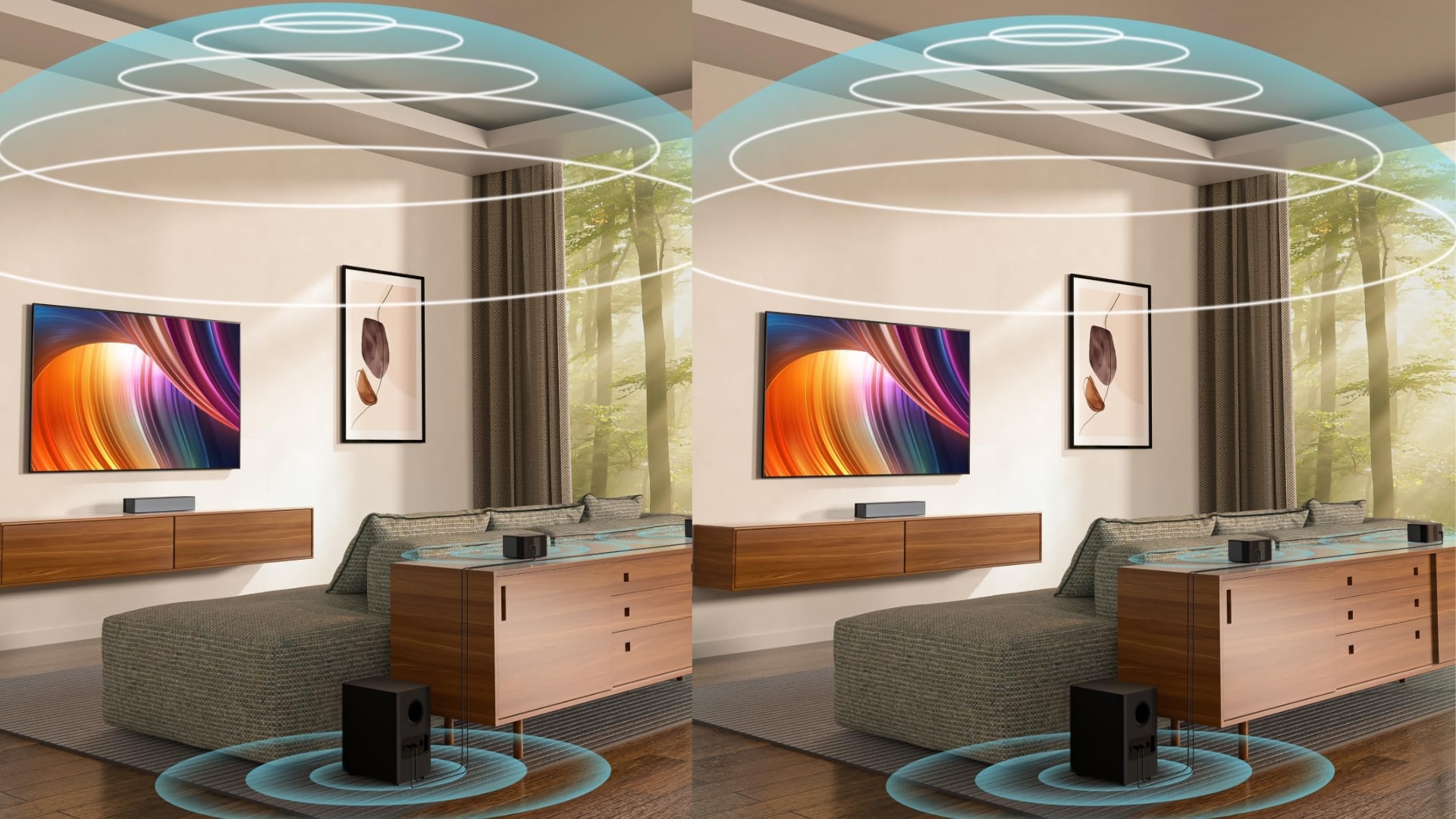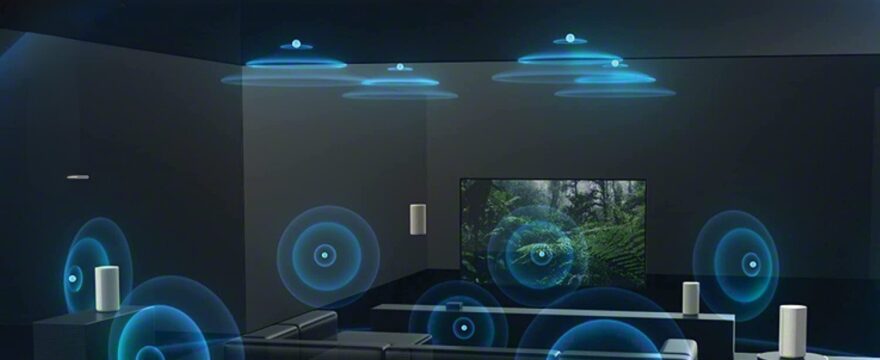When I first heard the term "spatial audio," names like Dolby Atmos and DTS came to mind. Unlike channel-based audio, such as stereo and central speaker surround speaker, where the sound is only considered on the horizontal plane, spatial audio takes height into account. This means that speakers are placed on the ceiling and near the floor, and height is a crucial factor in creating a three-dimensional sound experience.
Before diving deeper into spatial audio, it's important to understand the different types of sound systems that exist, such as Channel-Based audio, Object-Based audio, Ambisonics, and Binaural.
What is Channel-Based audio?
Audio formats where channels are already defined are called channel-based audio. Systems like Stereo, 5.1 are some examples of channel-based audio. In Channel-Based audio position of speakers is already defined for example stereo system has two speakers placed 60° apart from each other.
The main objective of a stereo system is to create a frontal sound image. Some other examples of types of Channel-Based audio are LFE, 6.1, 7.1, and surround speakers.
Some of you are new to the concept channel. For those, let me give an example. Suppose a sound system called LCRS (Left, Center, Right, and Surround) has 5 speakers with 4 channels. 3 speakers are on the front and 2 are at the side near the rear.
To understand the difference between Channel-Based audio and Object-Based audio, it's important to first know how Channel-Based audio works. The audio passes through a panner, which distributes the audio signal to the desired output channel.
For example, if you want to send the audio signal to the left and center speakers but not to the right speaker, you can do so with the panner. In Channel-Based audio, the output from all the panners is mixed before distribution.
Object-based audio, on the other hand, uses a slightly different technique where sound is mixed while reproducing it. This means that in Object-Based audio, the sound is first distributed independently, and then mixed at the time of reproduction. Overall, Channel-Based audio mixes all the audio and distributes it later, while Object-Based audio distributes the sound independently and mixes it at the time of reproduction.

What is Object-Based Audio?
I hope you understand the difference between Channel-based and Object-Based audio but what does exactly Object-based audio mean? It means each sound source is different, and every source is an independent object. In object-based audio, the layout of the room and the position of the speakers are crucial in determining how signals are sent during sound reproduction.
Therefore, the size of the room and the position of the speakers play important roles in object-based audio. By understanding the difference between object-based and channel-based audio, it becomes clear that spatial audio falls into the category of object-based audio because it takes into account the size of the room, as well as the direction and position of the speakers. Another concept related to this is 3D audio.
Some types of Object-Based audio are
Dolby Atoms
MPEG-H
AuroMax
DTS: X
Ambisonics
It is important to note that spatial audio is also known as 3D audio. This means that the sound system takes into account the height of the room or hall when designing the audio experience. Although some people refer to it as object-based audio, others might refer to it as spatial audio. However, all of these terms refer to the same thing.
The prime advantage of Object-based audio is that it gives a more immersive listening experience but at the same time, it needs more processing power.
After considering all the information above, it is safe to say that spatial audio provides better sound quality and an immersive experience.
When comparing 7.1 to spatial audio, it is clear that spatial audio is superior because it offers 360-degree audio that takes into account all directions and the size of the room. On the other hand, 7.1 is channel-based audio that considers all sound sources as a single channel.
As mentioned previously, object-based audio provides pinpoint sound to the listener, resulting in a more realistic experience while watching a movie.
Spatial audio changes the listening experience completely.
there are some advantages of spatial audio like getting a more personalized experience, the listener can catch every minor detail which is very difficult to catch if spatial audio is absent, 3D audio gives a more immersive experience and soundstage. overall, if you want all the above-mentioned benefits, nothing is better than spatial audio.
